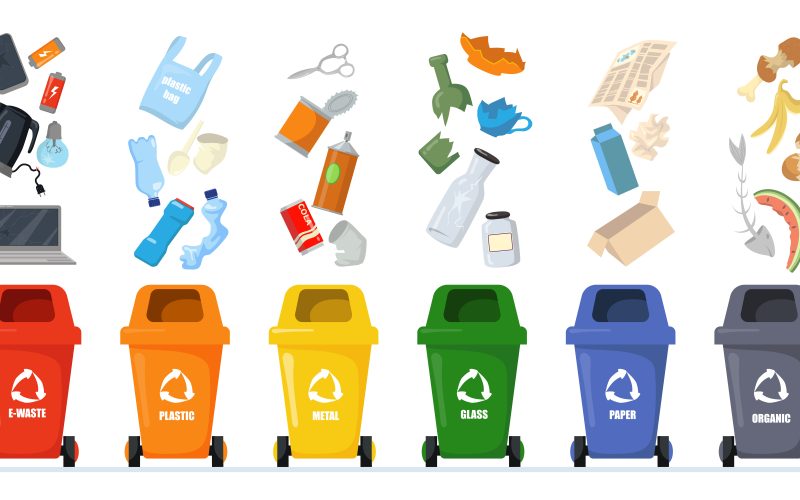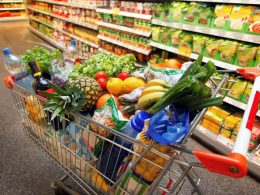Introduction:
Thanksgiving is a time of abundance, gratitude, and delicious feasts. However, it’s also a time when food waste reaches staggering levels. According to the U.S. Department of Agriculture, Americans waste about 30% to 40% of their food supply each year, and Thanksgiving is no exception. To make this holiday season more sustainable and mindful, let’s explore practical tips for minimizing food waste at Thanksgiving.
- Plan Your Menu and Portions:
The first step in reducing food waste is careful menu planning. Consider the number of guests and their dietary preferences when deciding on dishes. Create a detailed shopping list to avoid overbuying ingredients. By planning ahead, you can minimize the chances of excess food that may go uneaten.
- Right-sizing Recipes:
When preparing Thanksgiving recipes, it’s crucial to adjust the quantities based on your guest count. Many recipes can be scaled down without compromising flavor or quality. Online resources and recipe conversion tools can assist in adapting recipes to match your specific needs. This way, you can prevent an abundance of leftovers that often go to waste.
- Embrace Leftovers Creatively:
Thanksgiving leftovers are part of the tradition, but they often end up being discarded. Instead of letting them go to waste, embrace leftovers creatively. Transform turkey into sandwiches or salads, use mashed potatoes in soups or as a filling for shepherd’s pie, and incorporate cranberry sauce into desserts or breakfast dishes. Get creative and repurpose leftovers into new, exciting meals.
- Share the Bounty:
Consider donating excess food to local food banks, shelters, or community organizations. Many people face food insecurity, and your contribution can make a significant difference in their lives. Coordinate with local charities or food rescue programs in advance to ensure the proper handling and donation of surplus food.
- Composting:
If you have unavoidable food waste, such as vegetable peels or scraps, consider starting a composting system. Composting turns organic waste into nutrient-rich soil, reducing greenhouse gas emissions and enriching the environment. Check local regulations and guidelines for composting options in your area.
- Mindful Storage:
Proper storage can extend the life of perishable items. Refrigerate leftovers promptly and store them in airtight containers. Label and date containers to track freshness and prevent confusion. Prioritize using leftovers within a few days to maintain quality and safety.
- Encourage Guest Contributions:
If you’re hosting a Thanksgiving gathering, invite guests to contribute to the meal. Request specific dishes or ingredients to avoid duplication and ensure a diverse spread. This collaborative approach reduces the burden on the host and promotes a sense of community involvement.
- Education and Awareness:
Use Thanksgiving as an opportunity to educate your family and friends about food waste and its environmental impact. Share tips, facts, and statistics to raise awareness and inspire collective action. Encourage everyone to be mindful of their portion sizes and to make conscious choices throughout the holiday season.
Conclusion:
Thanksgiving is a time to celebrate, appreciate, and share. By implementing these practical tips for minimizing food waste, you can create a more sustainable and mindful holiday experience. From careful planning and right-sizing recipes to creative use of leftovers and donation efforts, every action contributes to reducing food waste and making a positive impact on the environment and communities in need.
Remember, the goal is not only to have a delicious Thanksgiving feast but also to make the most of the resources and minimize waste. By adopting these practices, you’ll not only contribute to a more sustainable future but also set an example for others to follow. Let’s make this Thanksgiving a time of gratitude and responsible consumption, where waste is minimized, and everyone can enjoy the holiday with a lighter environmental footprint.












